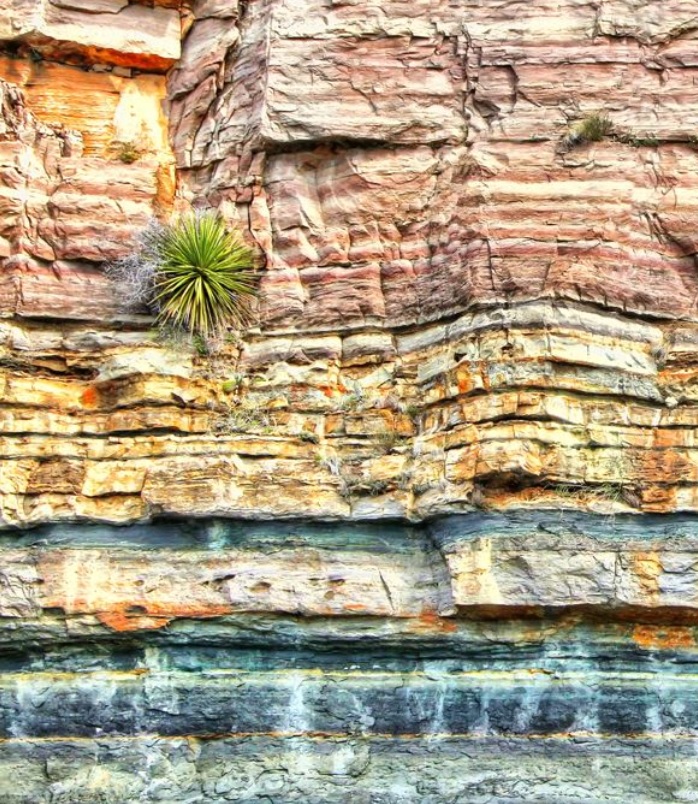How to determine the age of a rock?
The age of a rock is determined by stratigraphy, a branch in geology which studies the chronology of events and changes, along with the development of organisms, which have determined the development of the Earth from when it became an independent spatial body until today. The age, or the chronology of geological creations and events is determined using relative and absolute age.
In determining the relative age of a rock, the data from sedimentary rocks are generally used. Relative age of magmatic and metamorphic rocks is determined according to their relation with sedimentary rocks.
Determining the relative age of a rock
The determination of the relative age of a rock is based on the principle of original horizontality of the sediments, principle of superposition, principle of original lateral continuity, principle of cross-cutting relationships, principle of inclusions, principle of biological succession and the lithology of a rock.
- The principle of original horizontality departs from the assumption that most of the sedimentary rocks are deposited under the action of gravity, in approximately horizontal layers, i.e. parallel to the surface to which they deposit.
- The principle of superposition is based on the assumption that, in a regular sequence of layers, the oldest layer will be on the bottom of the sequence, while all the other layers are successively more recent.
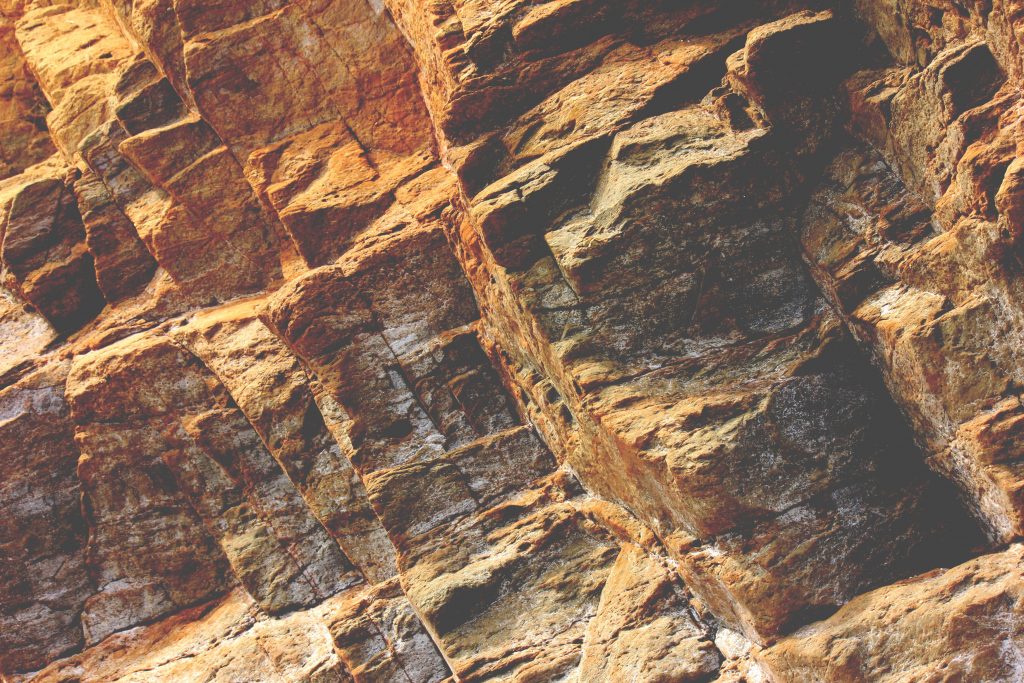
Photo 1. The principle of superposition
- The principle of original lateral continuity states that layers of sediment extend in all directions until they become thinner or until they are interrupted by an obstacle.
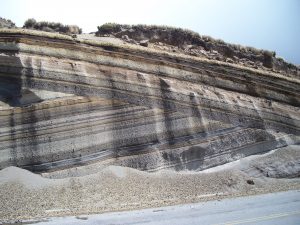
Photo 2. The principle of lateral continuity
- The principle of cross-cutting relationships states that a geological object (magmatic intrusion) cutting other rocks must be younger of the two features. Moreover, the faults (cracks along which a shift of rocks from one side to the other is visible) are younger than the rocks they cut (fault).
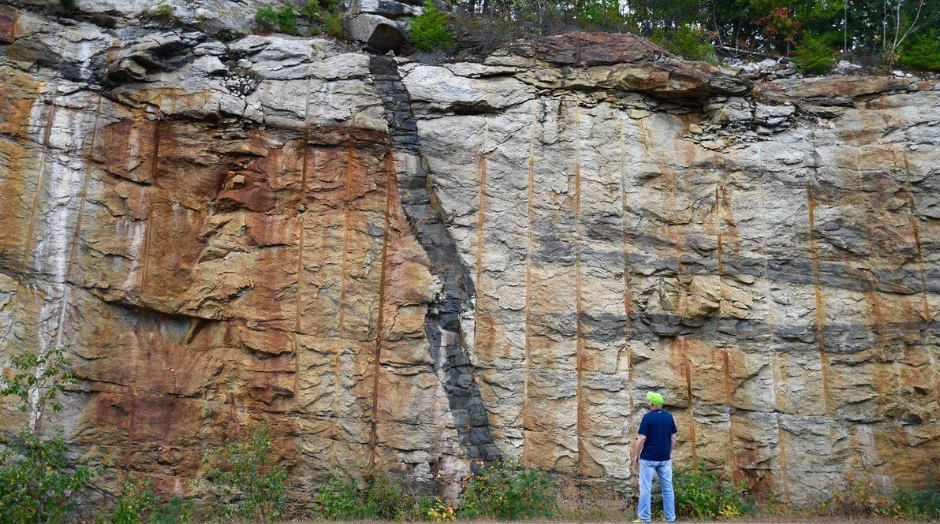
Photo 3. The principle of cross-cutting relations
- The principle of inclusion states that each rock containing inclusions of a neighbouring rock must be younger than that rock
The lithology, such as colour, cut, chemical composition, degree of diagenesis, can be used for comparing and determining relative age of a rock, but with the assumption that equal or similar rocks are also contemporary.
By determining the age of a rock, only its chronology is defined. What does this data say about the time of its origin? In order to answer this question, fossils are of crucial importance.
The paleontological method is based on the study and interpretation of animal and vegetal organisms’ evolution during geological history, and in order to determine the relative age of a rock, the principle of superposition is used as a starting point, as well as fossil deposits preserved within a rock. This method has been developed as part of paleontology – science concerned with fossils and development of life through geological history.
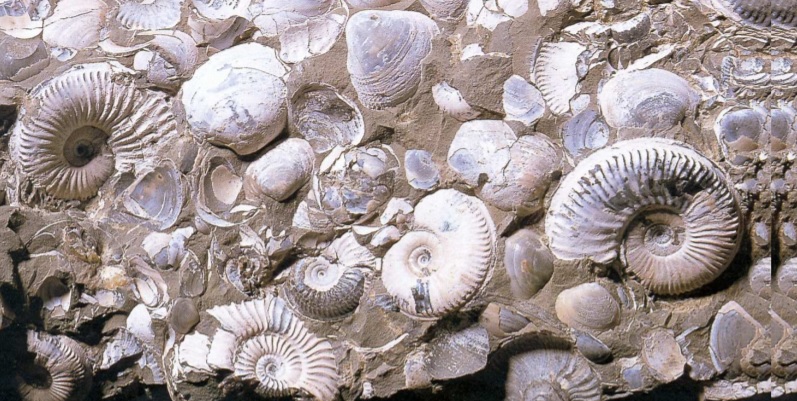
Photo 4. The paleontological method
In defining the order of deposits by relative dating, only the order of deposits has been determined, i.e. the events in Earth’s history (what came first), but not the exact time when those events took place. For the determination of the “exact” time when certain rocks appeared, it was the beginning of the 20th century, i.e. the discovery of radioactivity that gave to the geologists a “clock” which helped them to define it.
Determining the absolute age of a rock
The determination of absolute (radiometric) age of a rock is based on the radioactive decay of isotopes. Radioactive elements emit α and β particles, as well as γ rays, thus causing their mass to reduce over time, shifting eventually to stabile isotopes. The final stabile product (isotope) can be compared in quantity to the original radioactive element. This is used for evaluation of the age of a rock using the so called radiometric methods
In determining the absolute age of a rock different methods are used Uranium – Lead, Uranium – Thorium, Potassium – Argon, Rubidium – Strontium, Carbon “Fission Tracks” and Thermoluminescence.
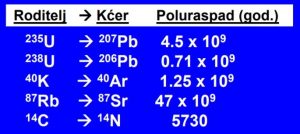
Table 1.Time of half-decay radioactive elements
In determining the chronology of rocks and facies of all marine, mixed and continental sediments, the fluctuations and changes in the order of land and sea in Earth’s past are followed. The stratigraphist obtains exceptional information by “reading” the facies and the data regarding its chronology; he reconstructs spatial and chronological events (dynamics) on Earth during its history, i.e. from its beginnings to nowadays.
